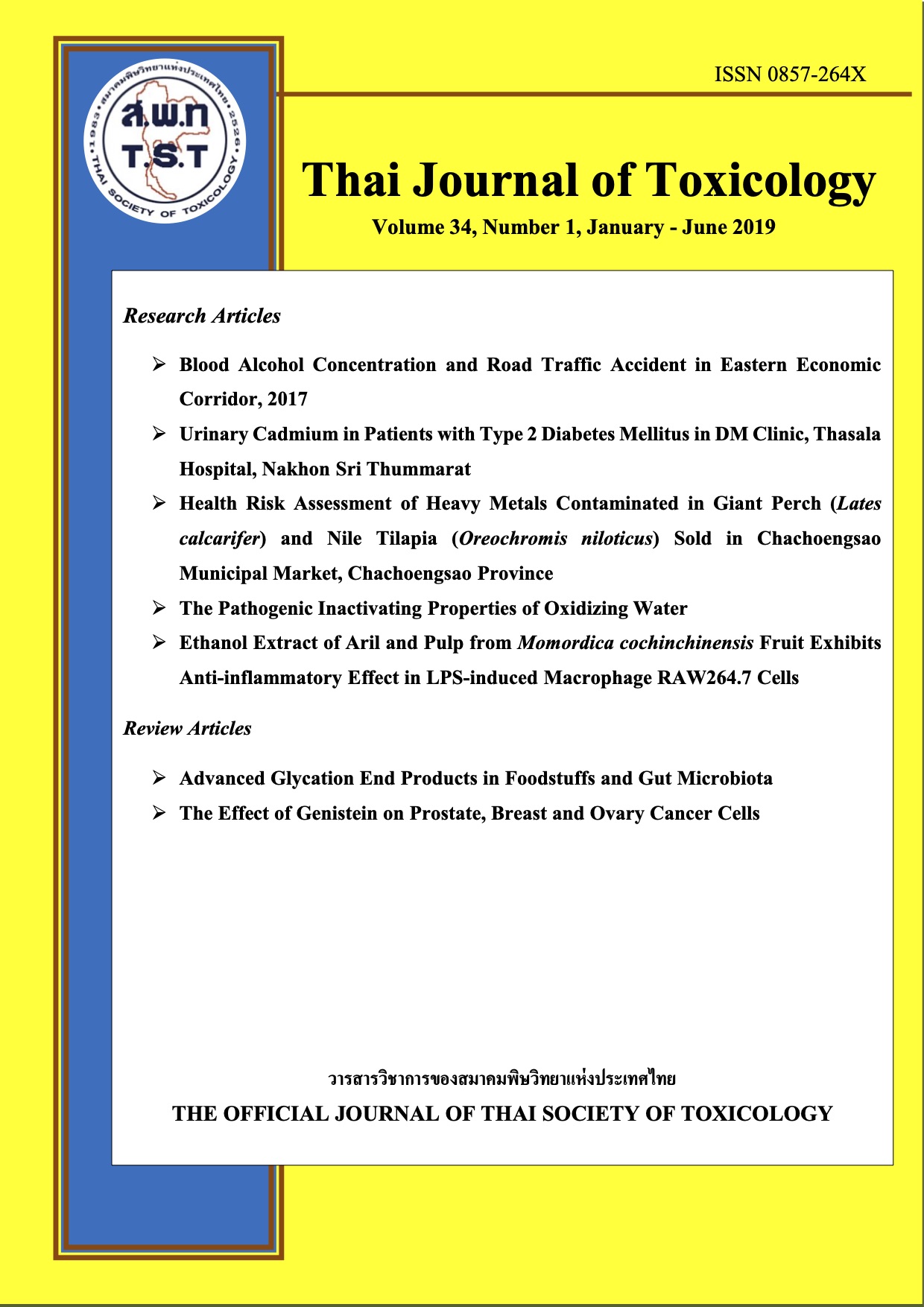Advanced Glycation End Products in Foodstuffs and Gut Microbiota
Main Article Content
Abstract
Maillard reaction or glycation is a non-enzymatic reaction between amino acid and reducing sugars or carbonyl compounds to generate Advanced Glycation End products (AGEs) that are associated with the pathophysiological of diabetes and age-related diseases. Two major sources of AGEs in human are exogenous and endogenous AGEs. The exogenous AGEs are foodstuffs processing by grilling, frying, roasting, baking, or barbecuing. In food industries, the Maillard reaction evokes in favorable sensory and palatability. However, the nutritional value of AGEs-derived food has reduced, and some proteins has been lost or become indigestible. Those dietary non-absorbable AGEs can be metabolized by the gut microorganism to support their metabolic needs. AGEs are metabolized by two main metabolic groups of gut microbiota (saccharolytic and peoteolytic) due to the structures of carbohydrate and protein in the molecule. Recent studies reveal the impact of AGEs on gut microbiota in both direct and indirect mechanisms by its ability to modulate biochemical environment, diversity and microbiota composition, and gut leakiness. Due to the inconclusive data, additional study is required to determine the dietary AGEs-microbiota axis on health and AGEs-related pathology.

